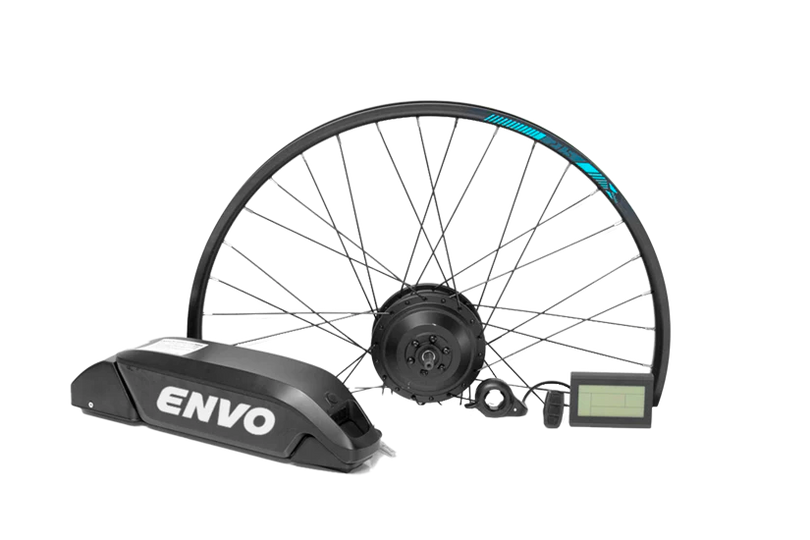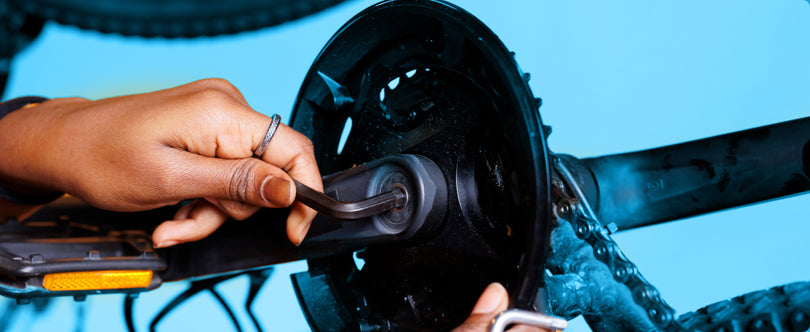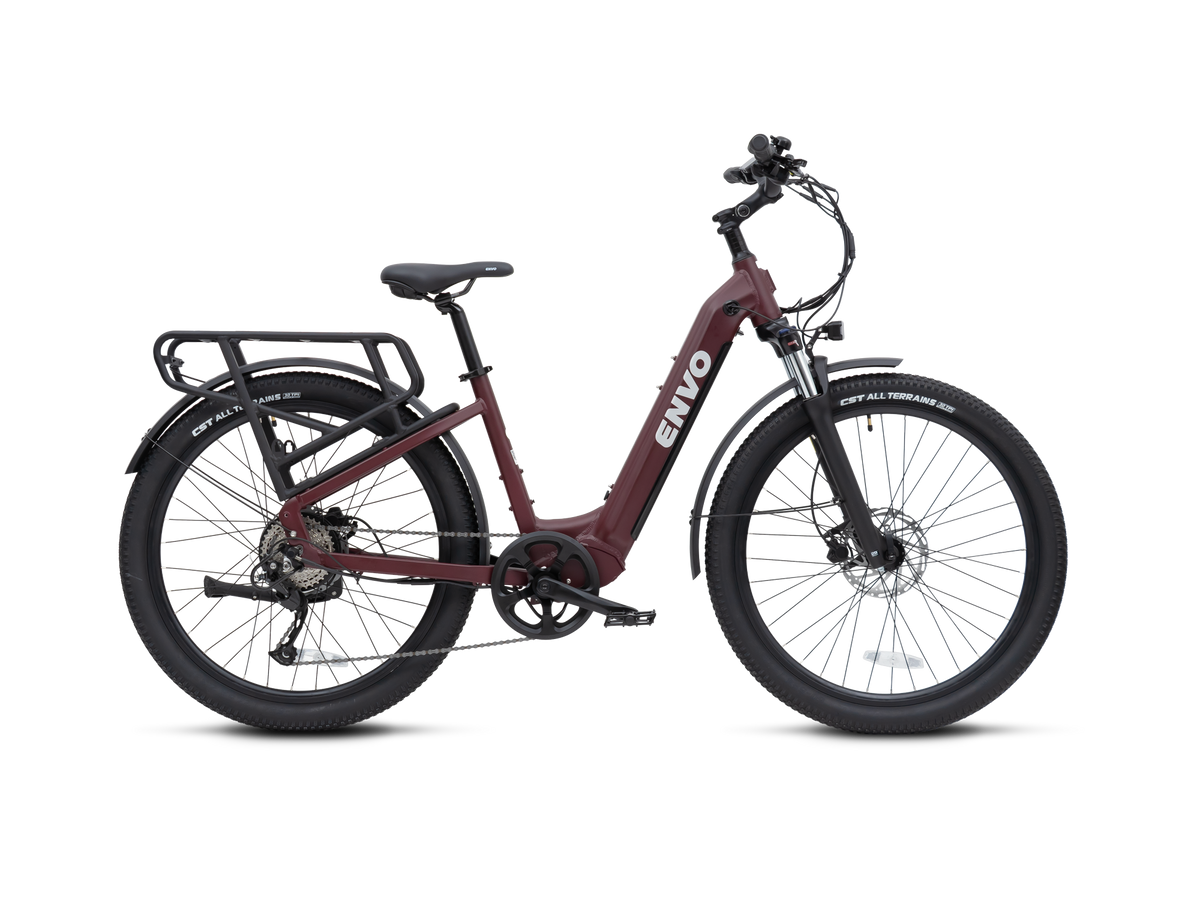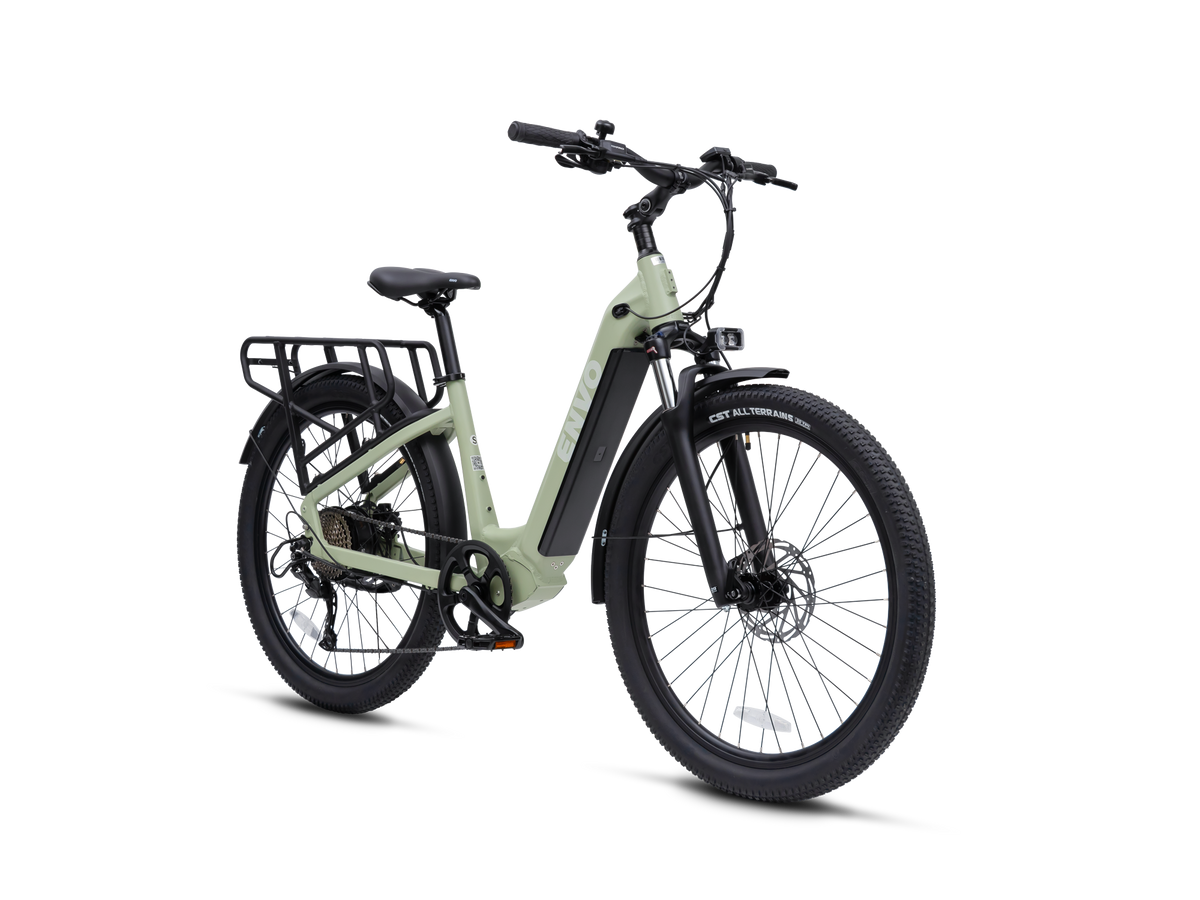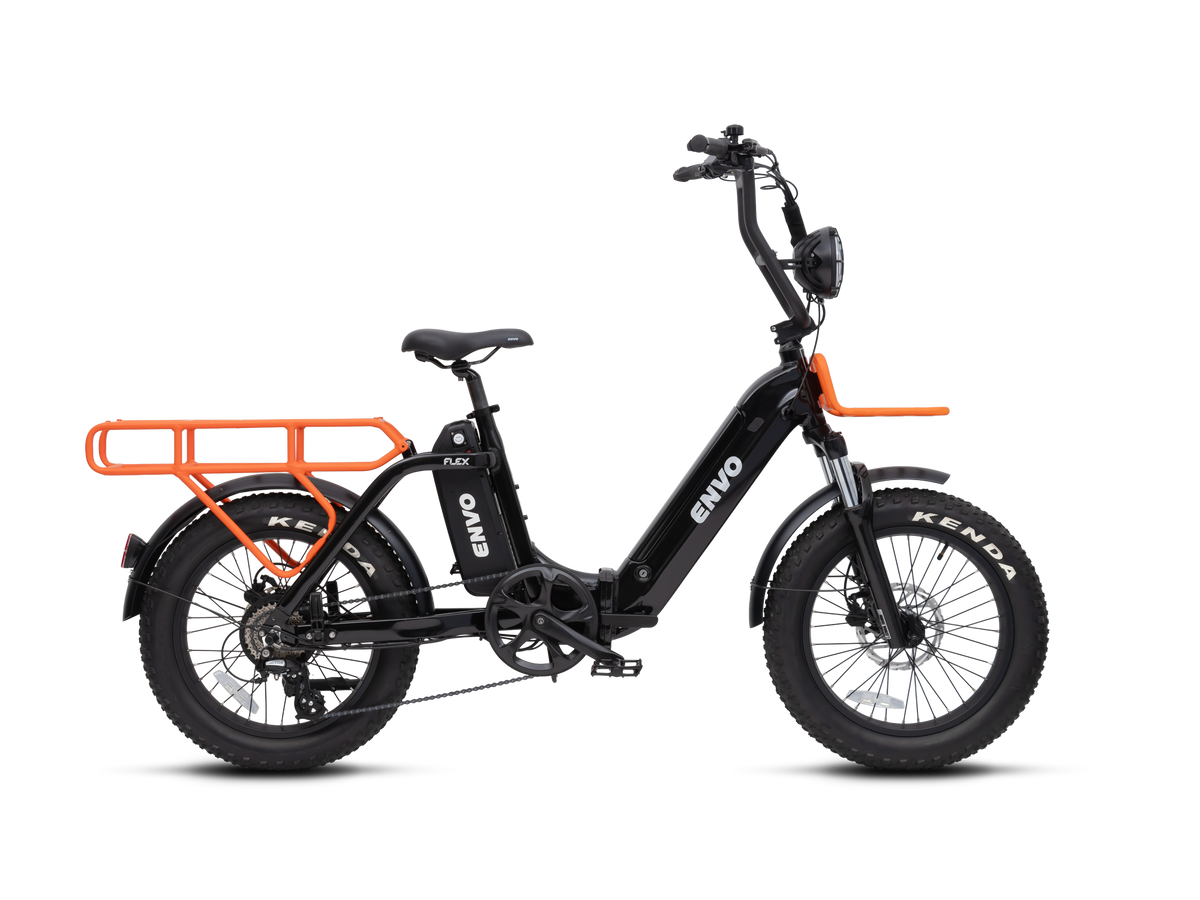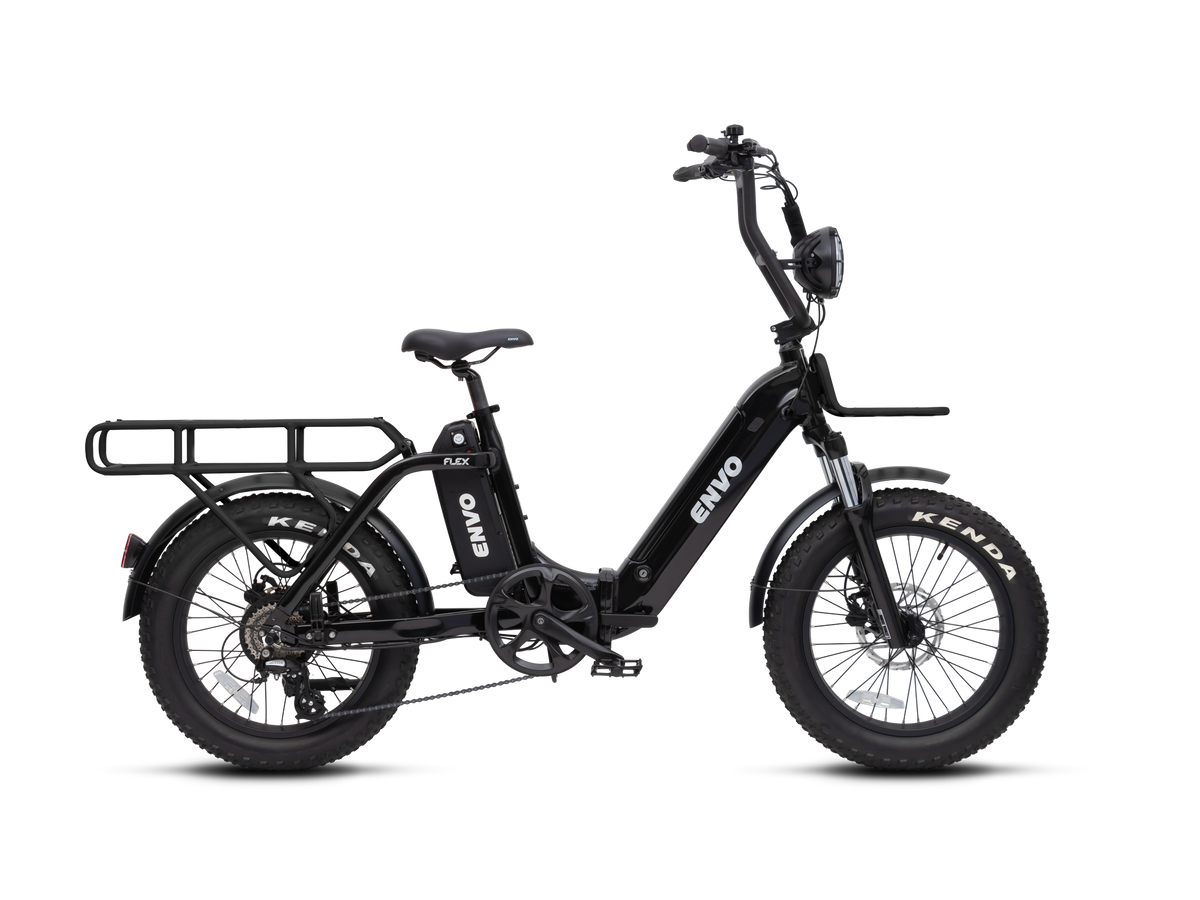When shopping for an e-bike or an electric bike conversion kit, you’ve probably noticed power ratings like “500W electric bike” or “250W conversion kit.” While these labels are common, they can often be misleading. You may find yourself wondering: How much motor power do I actually need for my e-bike?
Contrary to popular belief, a bigger motor isn’t always better. While e-bike motors traditionally range from 250W to 500W, the market now offers high-powered motors up to 6000W or more. But is upgrading to a high-powered motor worth it? Could less power actually be more advantageous? And most importantly, how much power is truly necessary for your needs?
Let’s break it down.
Understanding E-Bike Motor Power: Key Factors to Consider
When choosing an e-bike motor, two main factors will guide your decision:
- Your weight: Heavier riders may require more power to achieve the same performance as lighter riders.
- The terrain you’ll ride on: For flat, urban commutes, a 250W motor is often sufficient. However, for frequent uphill rides or hilly terrain, a 350W or 500W motor can provide the extra push you need.
To put things in perspective, motors exceeding 1000W are more appropriate for motorbike racing or off-road use and are not designed for everyday street riding.
Why Bigger Motors Aren’t Always Better
While it may be tempting to choose the most powerful motor available, it’s important to weigh the drawbacks of high-powered motors:
-
Increased Battery Consumption:
Higher-wattage motors require more energy, meaning you’ll need a larger battery to maintain a reasonable range. Since the battery is often the most expensive component of an e-bike, this can significantly increase your costs. -
Overheating Risks:
Motors exceeding 1000W are more prone to overheating, especially during prolonged uphill rides. This can lead to reduced performance, damage to the motor, and a shorter lifespan for your e-bike. -
Excess Weight:
High-powered motors, such as 750W, 1000W, or even 6000W models, are heavier than standard motors. This added weight can strain the bike frame and components, leading to unnecessary wear and tear, frequent repairs, and reduced efficiency. -
Safety Concerns:
The speed and power generated by motors exceeding 1000W can significantly increase the severity of crashes. The risk of injury rises in proportion to motor power and speed, making these motors unsuitable for most street riders. -
Legal Restrictions:
Many regions, including Canada, have laws limiting e-bike motor power to 500W and capping speeds at 32 km/h (20 mph) when powered by the motor alone. Motors exceeding these limits are often classified as mopeds or scooters, which may require registration, licensing, and insurance.
The Case for Staying Under 500W
For the average rider, a motor power of 500W or less is more than sufficient. Here’s why:
-
Efficiency and Reliability:
Motors under 500W have been extensively tested and mass-produced, ensuring they are both efficient and reliable. These motors provide a smooth and consistent riding experience without the complications of overheating or excessive wear. -
Cost-Effectiveness:
Smaller motors require smaller batteries, reducing the overall cost of your e-bike. They’re also easier to maintain, saving you money in the long run. -
Compliance with Regulations:
Staying within the 500W limit ensures your e-bike complies with street-legal standards in most regions. You can ride with peace of mind, knowing you’re adhering to local laws. -
Practical Power Output:
Even a motor labeled as “250W” can deliver higher power under certain conditions. For example, connecting a 250W motor to a 48V battery and running 20 amps through it can produce up to 1000W of power temporarily, providing extra torque when needed.
When to Consider Higher-Powered Motors
While motors under 500W are ideal for most riders, there are specific scenarios where a higher-powered motor might make sense:
- Off-Road Adventures: If you frequently ride on rugged trails or steep inclines, a 750W or 1000W motor can provide the extra power needed for challenging terrain.
- Heavy Loads: For riders who carry heavy cargo or tow trailers, a higher-powered motor may be necessary to maintain performance.
- Specialized Applications: High-powered motors are better suited for racing or extreme sports rather than daily commuting or leisure riding.
How Much Power Do You Really Need?
For the average e-bike rider, motor power above 750W is unnecessary and often counterproductive. Motors exceeding this limit are better classified as electric scooters or other motorized vehicles.
When choosing the right motor for your e-bike, focus on your specific needs:
- For everyday commutes: A 250W or 350W motor is efficient, affordable, and sufficient.
- For hilly terrain or heavier riders: A 500W motor provides a good balance of power and efficiency.
- For extreme applications: Consider higher-powered motors, but be mindful of the drawbacks and legal implications.
Ultimately, the best motor is the one that aligns with your riding habits, terrain, and local regulations. Bigger isn’t always better, and a well-designed motor under 500W can provide all the power you need while keeping costs, weight, and risks in check.





